
The most prestigious architects are always on the lookout for the best leading edge architectural material that can help their projects come to life in ways that may not have been possible before. Innovations led by aerospace and NASA has provided architectural materials that have addressed many of the challenges that have faced contemporary designers, most significantly lightweight composite technologies including the honeycomb panel which paved the way for advancements like solar panel technologies, kinetic walls, self-healing concrete and asphalt and architectural waste reclamation.
One such development in architectural materials that takes the lightweight composite technologies of the honeycomb panel and Structural Insulated Panel (SIP) and moves them into a high strength structural arena that results in a green building material that is lightweight, yet stronger than steel pound for pound.
This material is being showcased in particularly high visibility large oversized projects where failure of architectural building material has been an issue in terms of either excessive weight or spanning distance with little or no deflection, which makes it the substrate of choice for huge conference tables and large non-warping doors in upscale locations, like embassies, military operations and headquarters, government political, scientific and research facilities.
Increasingly the patented Sing panel is making its way into luxury homes across the United States as it is specified by ground-breaking architectural engineering teams and cutting edge designers in the most exclusive modern house plans and embraced by cutting edge custom home builders for all types of doors for sale and more.
The science behind the patented composite panel technology is based on the tried and true torsion box structure that has been a reliable resource utilized by woodcraftsmen for years to build large wood tables with some degree of precision, but the process was expensive and time-consuming to build the torsion box.
Inventor, Peter Sing, started by improving on the torsion box design by making a simple adjustment to the torsion box design; namely by changing the orientation of the torsion box structure’s wood grain, from horizontal to vertical. This increased the strength torsion box structure many times, but the next development came in the form of filling the empty spaces within the torsion box structure wall to wall with recycled rigid foam; sandwiched between two stress skins for the first Reinforced Structural Insulated Panel (RSIP).
Washington State University (in the state of Sing Core’s origin) rigorously tested the new reinforced structural torsion box panels in the labs and their conclusions were staggering; these panels tested at 660 PSI (compared to aerospace honeycomb panels that rate at 10 to 110 PSI) making the patented panels the lightest weight, highest strength, most Eco-friendly insulated panels available.
With I.M. Pei leading the way for other famous architects to increase the specification of these technologies in their designs, the patented building material has infiltrated other more traditional markets, like dream homes, modern houses, and showing up on the drafts tables in luxury house plans, contemporary house plans, log home plans and small home plans.
What about the cost of the latest development in lightweight high strength panel technology? Of course, in high end jobs, the cost really doesn’t matter; it’s the performance which is demanded by the most discriminating clients who desire the results at any cost, yet it can be completely affordably integrated into the design of any architectural project.
Modern kitchens are seeing the proliferation of the Sing revolution in the designs featuring the material surfaced in wood butcher block, stainless steel, and stone surfaces, like marble and granite.
Project managers experience many advantages of working with these panels including reduced production, transportation, handling costs and fewer on the job injuries while using what could be the most versatile building material because it can easily host almost any flat building material as its surface area while remaining impervious to warp, bending, twisting or cupping – a guarantee that can be backed in writing for 50 years not to fail.
For more information on this new development in architectural building materials, contact our lightweight high strength specialists at Contemporary Architecture Design.
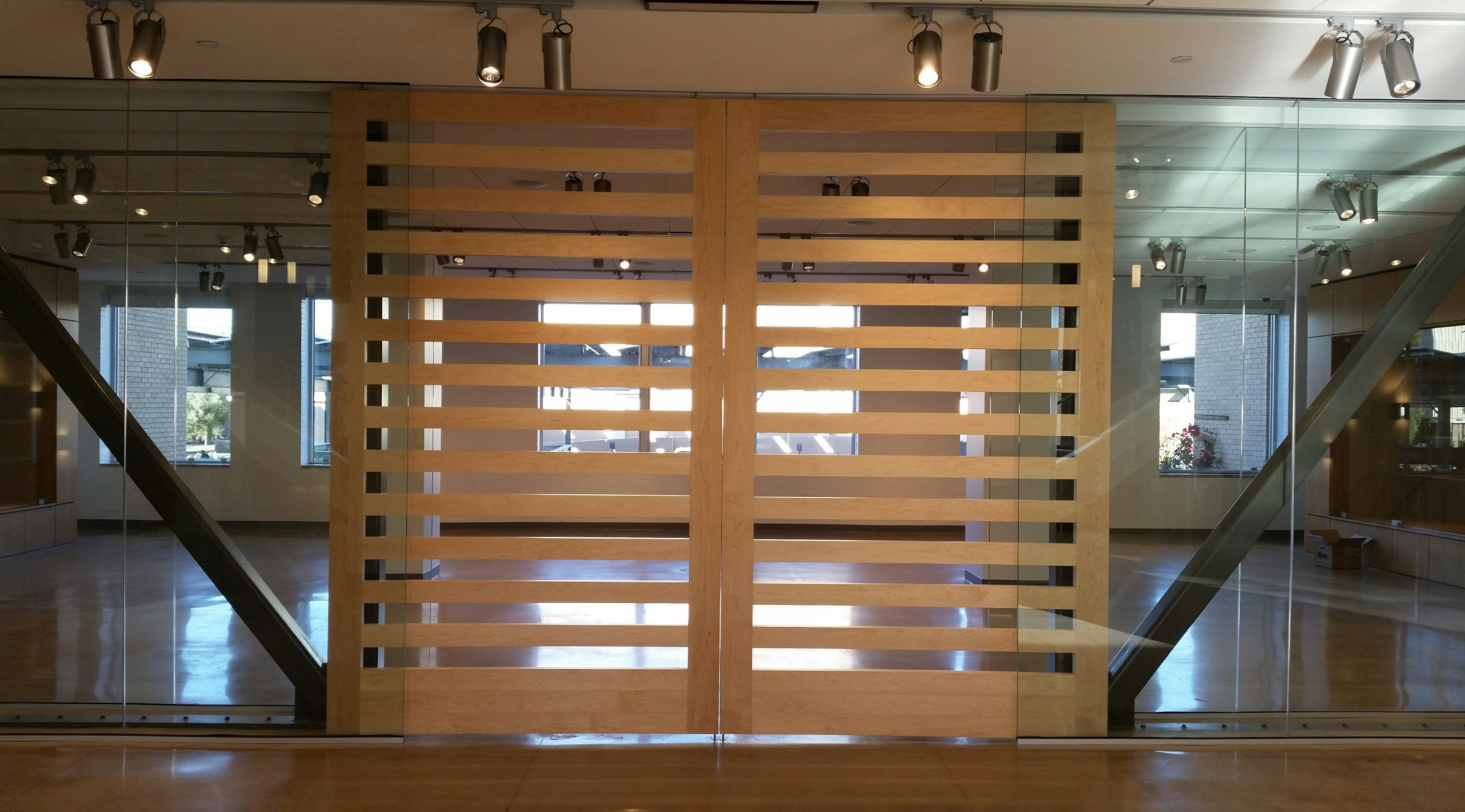
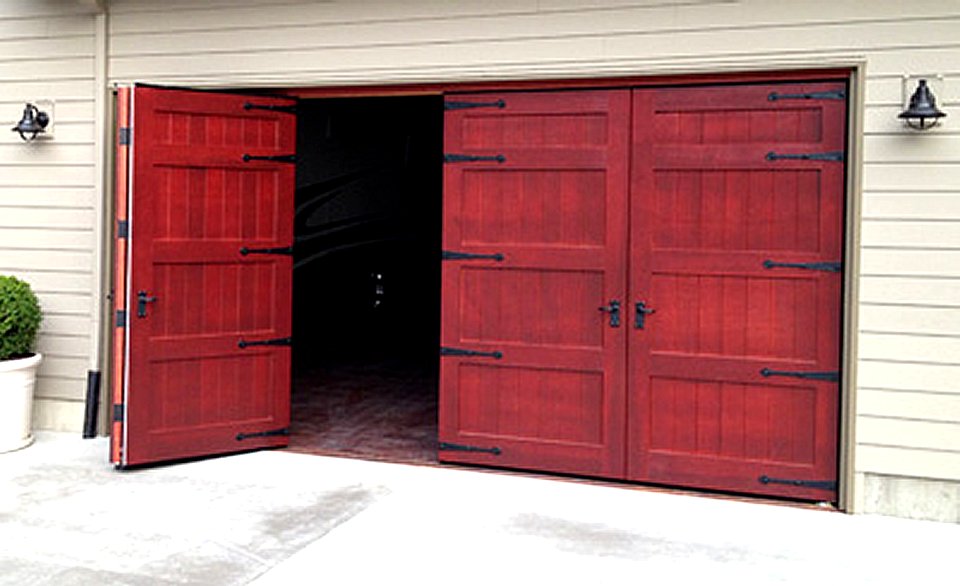
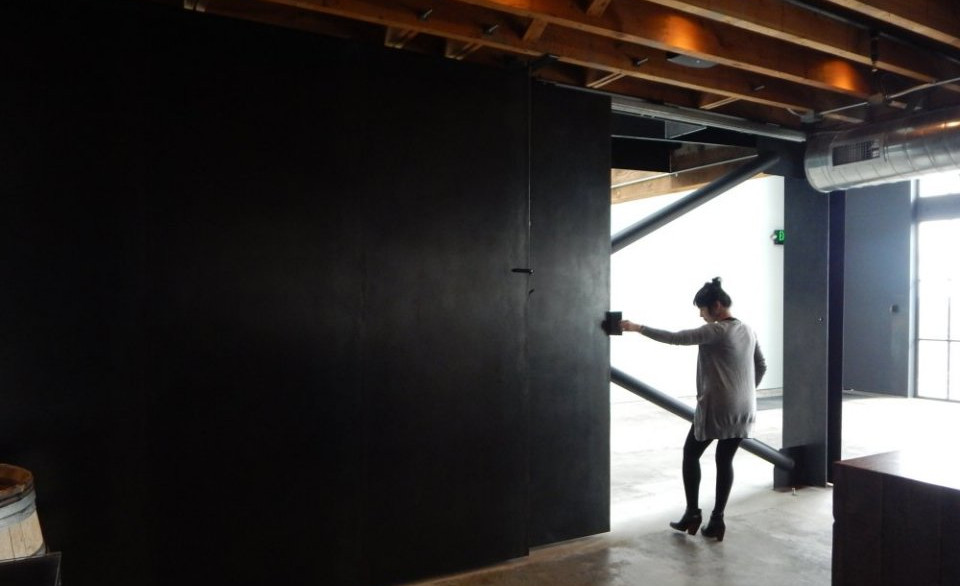






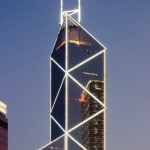
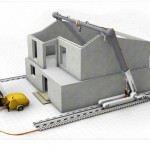








Emerging architectural technologies are changing the face of architectural design.